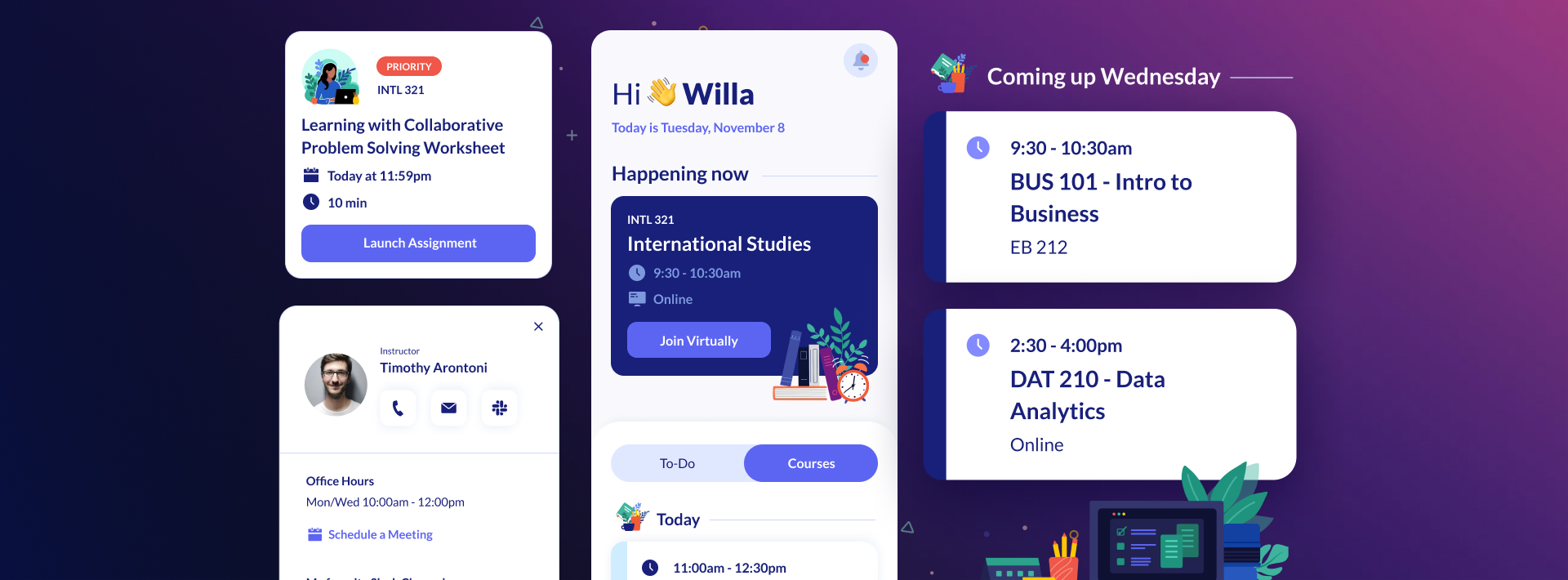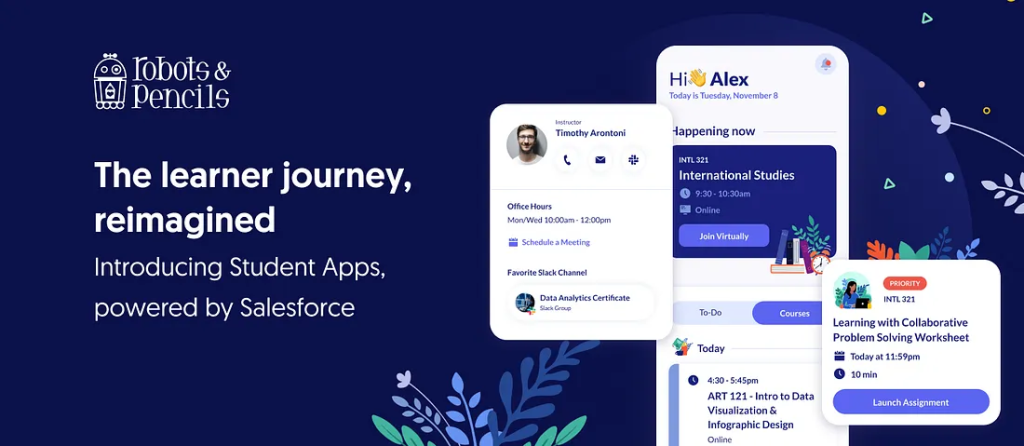As we help organizations undergo digital transformation and launch innovative new products, the same issues keep popping up. Below are the most common barriers to organizational innovation we encounter and advice on how you can overcome them.
Top Barriers to Organizational Innovation and Change
Barrier 1: Not Actively Encouraging New Ideas
To facilitate innovation, everyone must know their ideas are welcome, no matter their role or seniority. Innovation challenges, competitions, or hackathons that involve everyone are a great way to encourage creativity. Leaders can also incorporate the mindset of continuous improvement in smaller ways. For example, make it easy for anyone to share suggestions. In recurring meetings, dedicate time to soliciting and discussing new ideas. When implementing ideas, celebrate or reward the teams or people where they originated. As always, consider your culture and what people are used to as you look for ways to make innovation a fun and welcome part of the workday.
Barrier 2: Not Engaging Stakeholders
The success of any new initiative depends significantly on knowing and engaging your stakeholders. Talk openly and regularly with your teams about where the organization and individual processes can improve. Weigh their input when deciding what to prioritize. After you make decisions, share updates on your plans and reasoning.
How you communicate is also vital. Ask the people involved how they like to receive information and updates. By email? Town halls? Conversations with department leaders? At a minimum, leverage channels people are familiar with. If, for instance, CEO videos come out quarterly, provide your change talking points for the CEO to communicate.
The same goes for training. You cannot assume what will be most effective. Some groups may prefer instructor-led sessions over independent learning and vice versa. Some people learn better by reading, and others by watching. Work to discover and accommodate the various preferences among your teams and organization.
Barrier 3: Not Monitoring Change Progress
Don’t wait until the end to see how the plan went. Assess the completion of each change plan activity as it happens. Watch the outcomes over time. These indicators might include customer satisfaction scores, adoption rates, training participation, or performance improvements. You can also obtain feedback to understand how team members are reacting to the change.
Regular monitoring will allow you to fix issues faster when they arise. Whenever you do miss the mark, be transparent. Don’t sweep it under the rug. Talk about it, plan around it, and decide how to address it. Likewise, if you need to change direction, let others know that you understand what’s going on and what you will do to make it better.
Barrier 4: Not Celebrating Wins
When your employees or customers benefit from change initiatives and innovation, share those stories! Give concrete examples of how the change is helping the business and individuals. You can keep this messaging internal or use social media to bring the news to a large audience. Either way, these communications can inspire more people to adopt proposed changes. It can even get them thinking about new ways to improve organizational processes. You can also build excitement by celebrating project milestones with swag or other benefits and perks your employees will appreciate.
Break Down Barriers to Innovation in Your Organization
An innovative organization is always experimenting, iterating, and evolving. While each change unlocks growth opportunities, few organizations achieve innovation without encountering barriers and roadblocks along the way. As you innovate, you have to understand the impacts on employees. Successful innovation requires knowing how your culture and people will accept and adapt to the change. The right strategy accounts for those factors. Targeted communication and support will be vital as you assess, plan, execute, and reflect on your change initiative. In every case, innovation should start with careful listening, in-depth planning, and an abundance of empathy for everyone involved.
If you’re preparing for a change or looking to create a culture of innovation, Robots & Pencils can help. Check out our on-demand Change Management webinar, and contact us today at hello@robotsandpencils.com.










